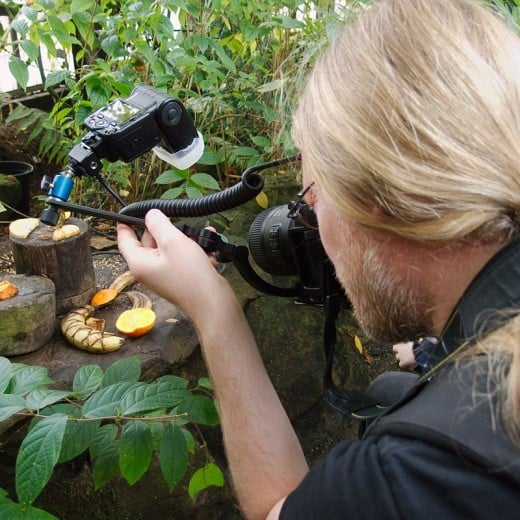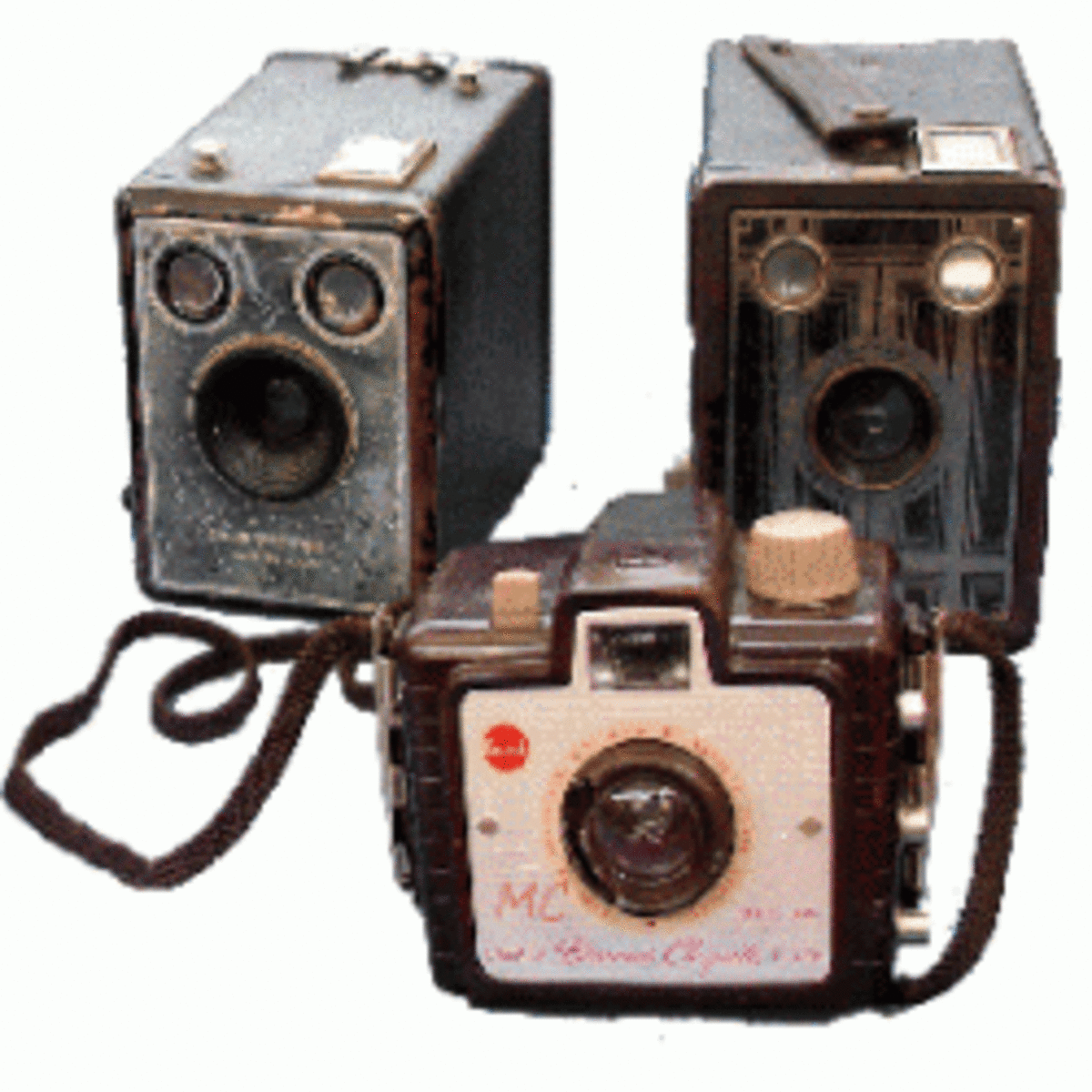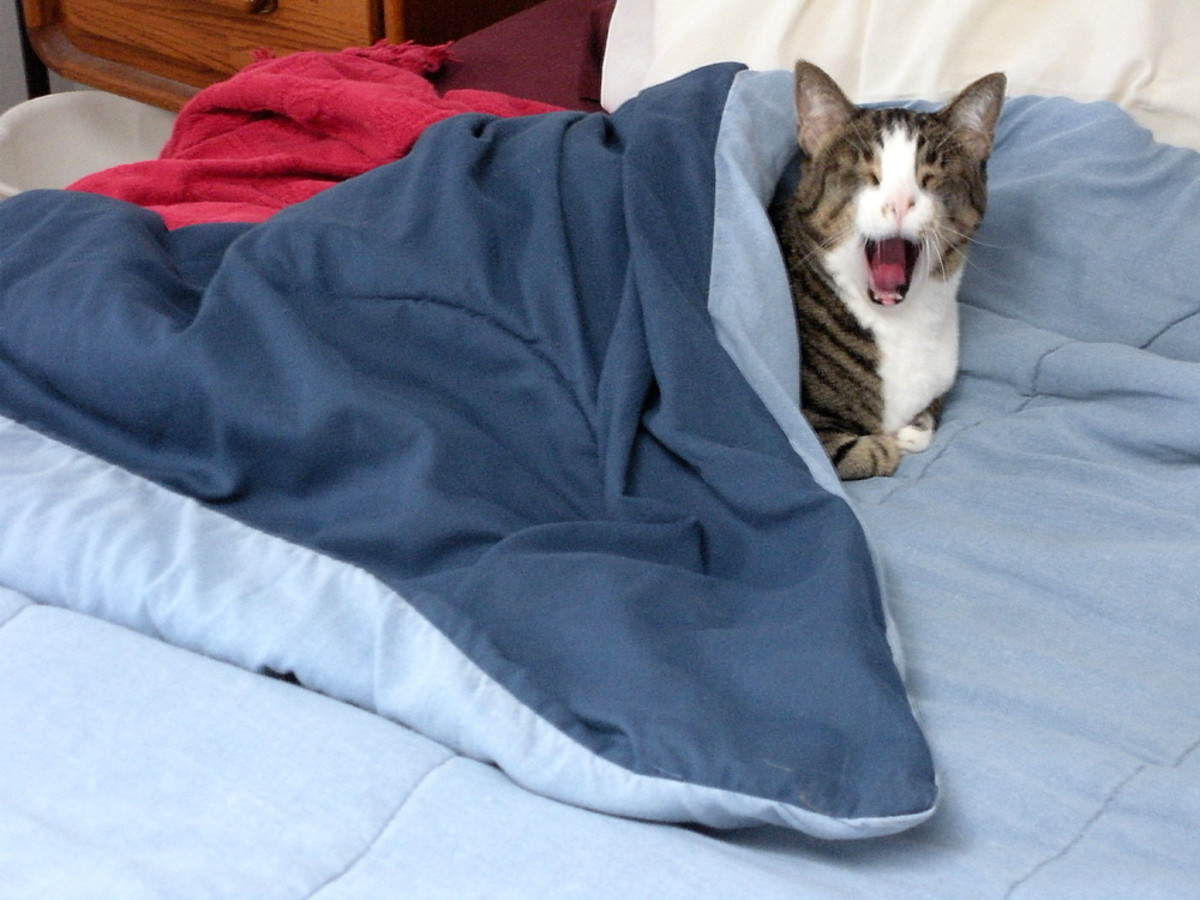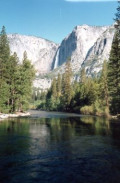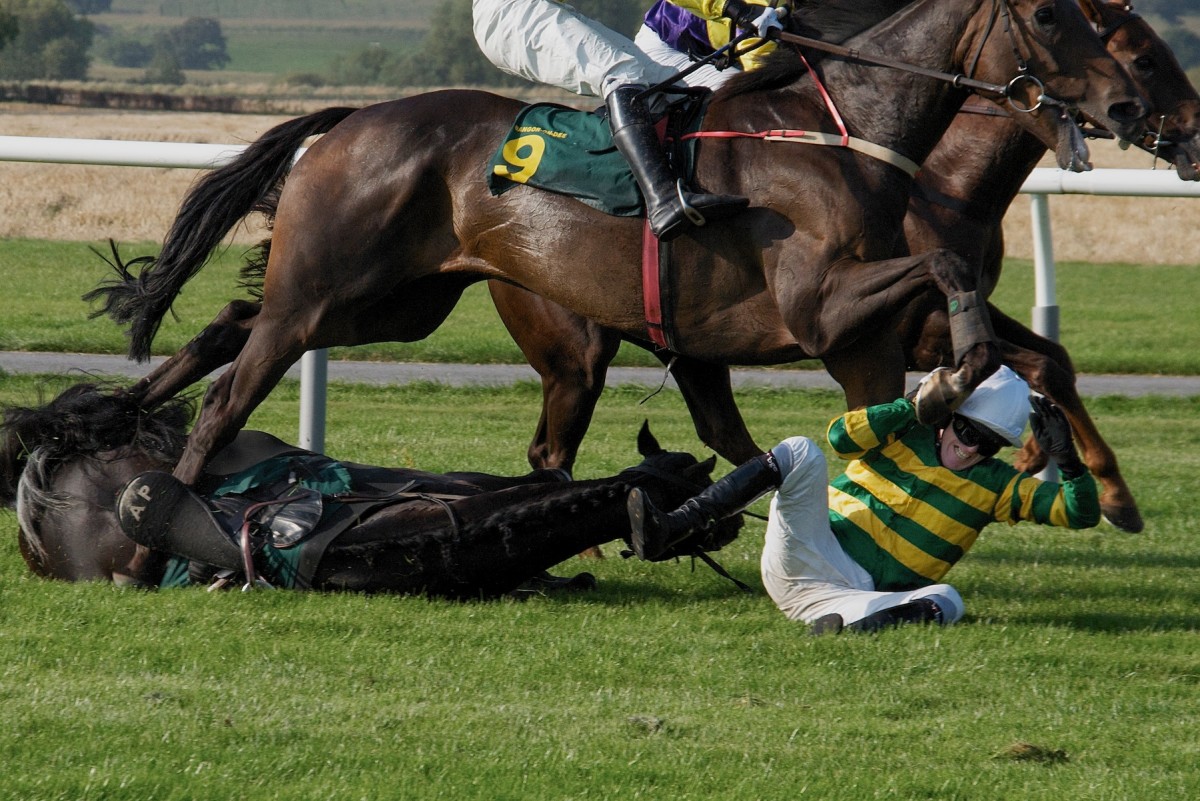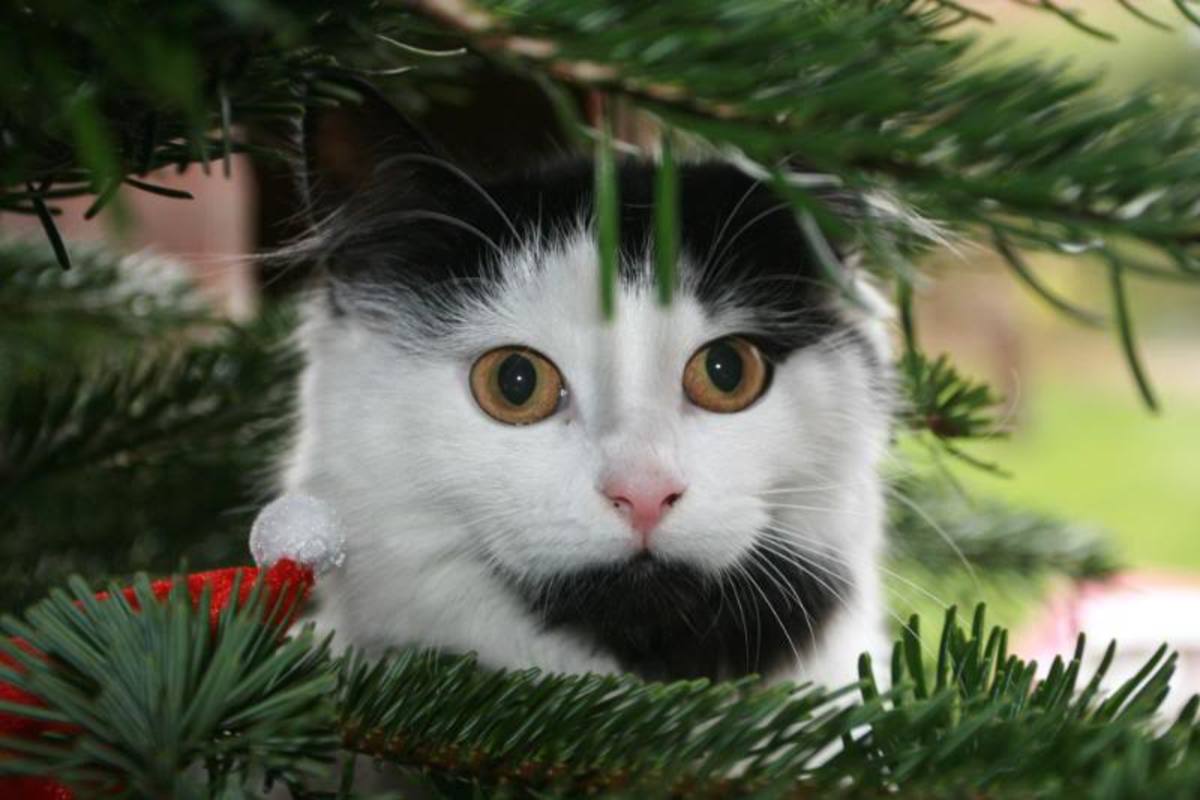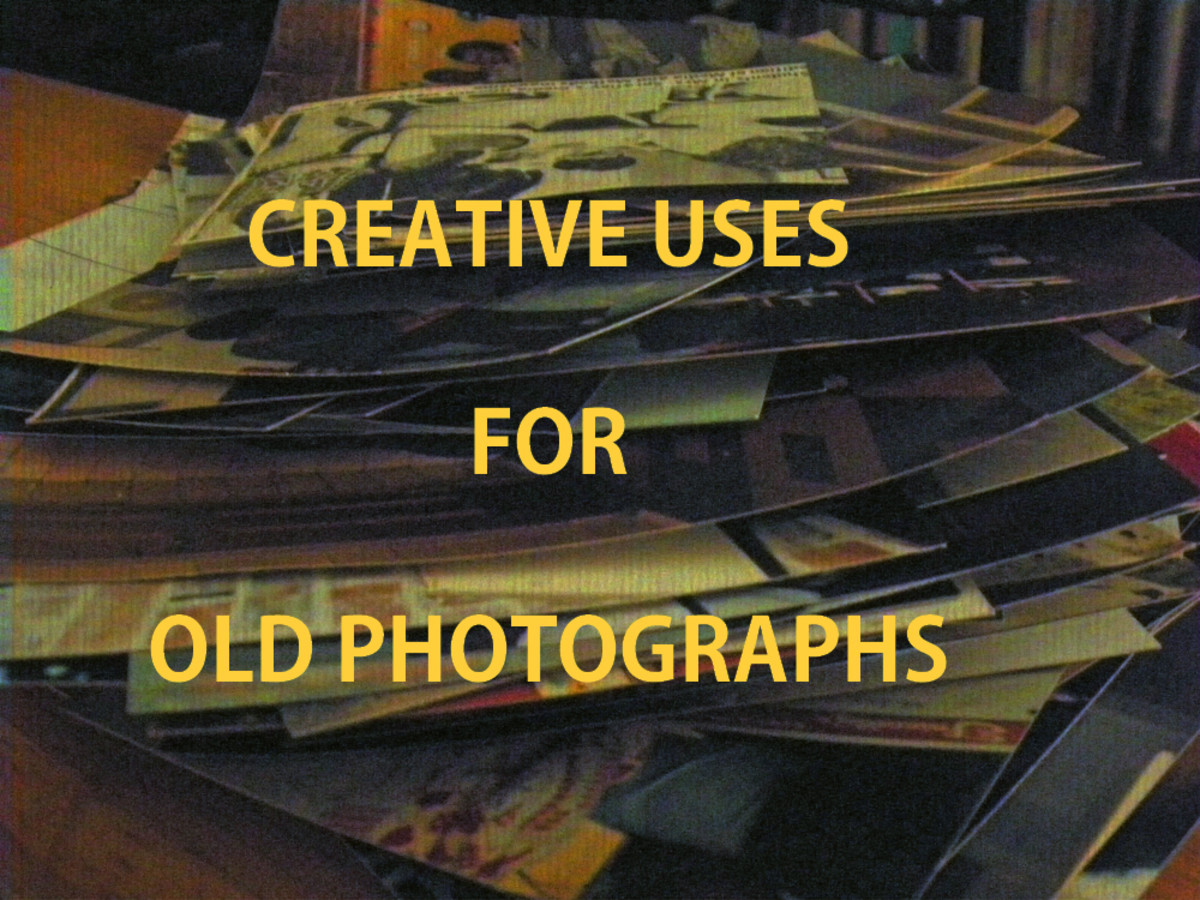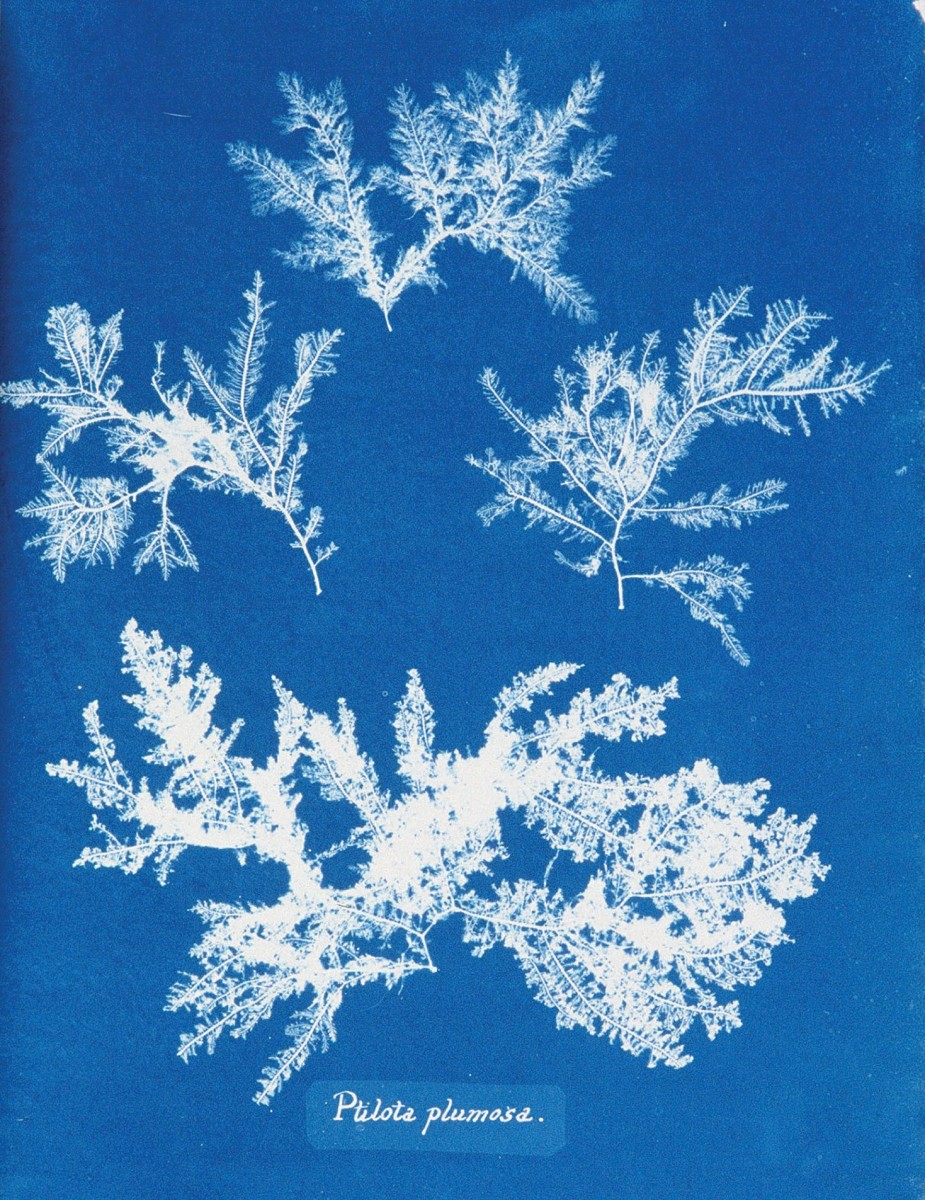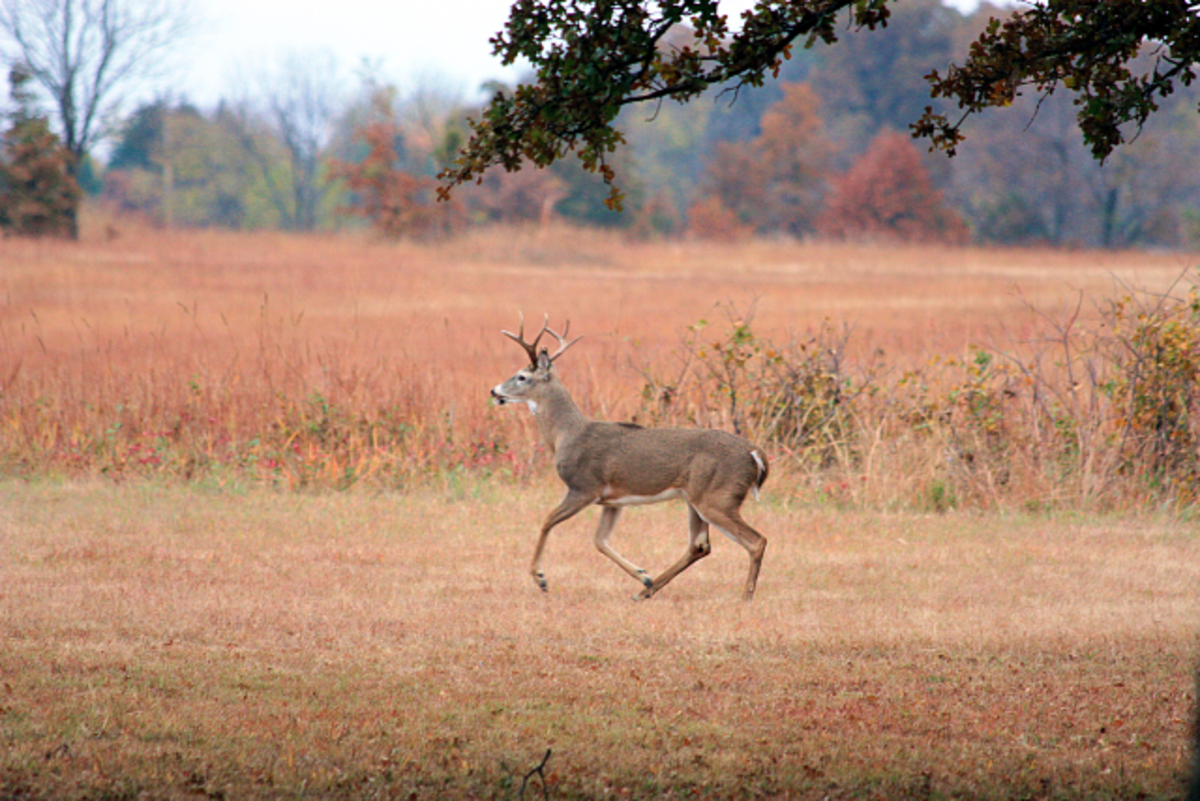Wedding Photo-Shoot: Key Accessories You Must Have - Part I
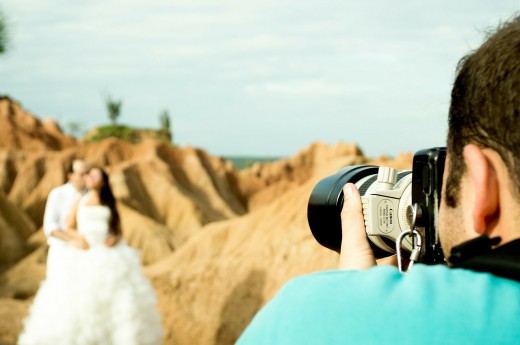
Table of Contents
The wedding photography gear featured in this hub is
• Cameras
• Lenses
• Lights
Why Does Having The Right Wedding Photography Gear Matter?
Wedding photography is one of those exercises that can bring out the best or the worst in a photographer. When the activity is well prepared for and organized, it can be become a stunning success that will earn you future clients.
However, when the process is flawed, you risk suffering a ruined reputation with the consequence of losing future income. This is the number one reason why you should ensure you have the right gear. Generally weddings are fun events even to service providers. Taking stunning photos in a wedding is better than eating a sweat cake at the function – or so I feel, mostly.
Another reason why you should be careful to perform the perfect work in a wedding is because it cannot be repeated. You therefore have one chance to get it right. Having the right gear for the wedding is the first step in doing so.
The list below offers key pieces of photography gear that you should have, beginner or pro.
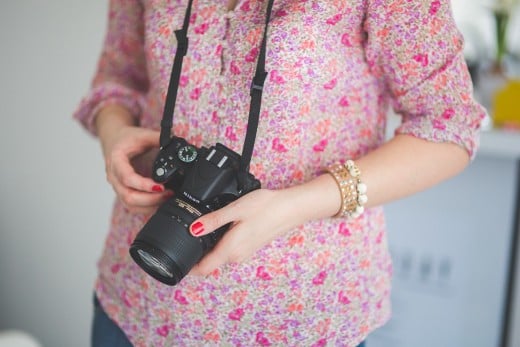
Cameras: Choice Cameras for Weddings
The key consideration in choosing the right camera is the common aspects of a wedding scenery. Normally, wedding are held in a combination of indoor and outdoor locations. This means that you are likely to encounter lowly light indoors and naturally or brightly lit outdoors.
The best cameras to deal with such sceneries are full frame DSLR cameras. The qualities that make these the cameras of choice include:
- Full frame sensors that can achieve high definition images.
- These are images that can be easily enlarged or cropped without loss of quality.
- High shutter speed.
- Reduced depth of field.
- Usable in rough outdoor environment without ease of damage
- Can also record High Definition video at 1080p frame size.
- The camera can also work with numerous additional including battery grips, mics, flash lights, and so on.
- Excellent low light performance.
- High ISO performance.
The camera models that fit this category include:
- Sony Alpha a77II
- Nikon D750
- Nikon D810
- Canon 5D MKII
- Canon EOS 5D Mark III
REMEMBER: It is wise to always carry a back-up camera body just in case something happens and you cannot use the main camera. You cannot replay a wedding once it is over. Secondly, having two or three camera bodies can save you time in interchanging of lenses.
SEE ALSO: What Camera Type Best Fits Your Budget and Use? Three Categories of Digital Cameras.
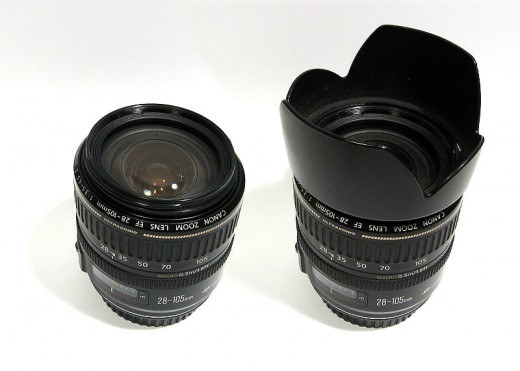
Lenses
Weddings are normally full of activities, most of which are done without concern for the photographer. As such, people do not necessarily pose to get their photos taken. Having a wide aperture lens that can shoot at higher shutters speed is therefore must.
The key factors to consider when choosing a wedding photography lens include getting lenses that can:
- - Capture wide angle images – capturing the entire wedding party.
- - Close-up and detailed shots – when the couple is signing their marriage certificate
- - Capture images from a distance – Best in capturing private or intimate moments.
- - Formal and full-length portraits – Image of the couple in each other’s arms.
The ideal lens types that will fit a wedding setting include:
- Medium lenses (24-70mm) – best for wedding portraits
- Telephoto lenses (70-200mm – Best in capturing distant mages without blocking people’s view of the event e.g. during the church service.
- Wide angle lenses – Best for shooting a large group and images with architectural details e.g. Canon 35 1/1.4
- Prime lenses – Best for shooting in dark places.
- Macro Lenses (100mm zoom)– Best for shooting small details like rings, floral arrangements, the cake, drinks. They can also serve as portrait lenses
Common lenses that can fit this bill include:
- Canon 35 1/1.4,
- Canon 50 f/1.4,
- Canon 85 f/1.8
- Canon 70-200 f/2.8
As you may already have noted, knowing what type image each lens capture is very important. Images taken with a combination of various lenses for specific shots can set you apart from the multitude of photographers.
Canon 70-200 f/2.8
Lighting
There is nothing that is more frustrating that being caught in darkness in a wedding that has dragged on into the night. Assuming that a wedding can be wrapped up in daylight can be extremely detrimental to your reputation. So is assuming that the available lighting will suffice.
While there is a lot that can be said about wedding photography lighting gear, this is a short overview of the lights you can carry.
a) Flash Units:
The most basis lighting that you ought to have as a photographer is a flash units. These are also known as speedlights or speediness – most of the use the TTL technology. These are simple lights that can be handy for dark rooms and nighttime photo-shoots. Common choices in this category are:
- Canon 580EX
- Nikon SB-5000 AF Speedlight
- Canon Speedlite 600EX-RT
- Sony HVL-F60M
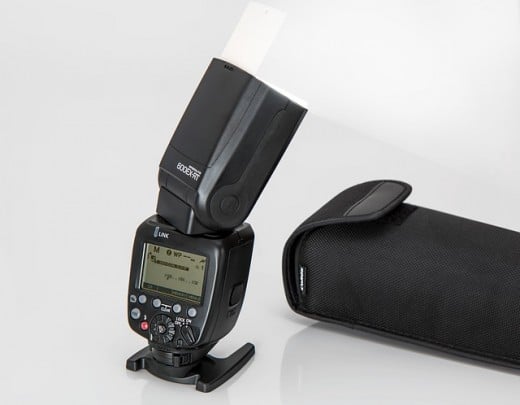
b) Monolights or LEDs
These are lights that can be used singly or in combination with other units. They are normally sold in kits that comprise of battery packs, reflectors, and several heads. LEDs have lately become a common choice in photography and video. They are most preferred due to their cool nature and energy efficiency. Common choice include:
- Genaray SpectroLED Outfit 500 Bi-Color LED Two Light Kit
- Profoto B1 500 AirTTL Battery Powered Flash
- Impact Light Trek 4.0 DC Monolight
Profoto B1 500 AirTTL Battery Powered Flash
c) Studio Strobes
While they are not as crucial as the last three, they can be handy in dark, cold, or rainy weather. This is when the entire function has to be done indoors. They are more powerful than speedlights and they offer stable, continuous, even lighting.
- Lastolite Two Head 500 Watt Tungsten Kit
- Calumet Genesis 200 2-Light Kit
- CowboyStudio 220 Watt Photo Studio Monolight Strobe Kit
- Interfit EXD400 Softbox Umbrella Kit
Lastolite LL LR3603 500 Watt Tungsten Light Head
d) Flash Brackets
The key benefit of this type of light is positioning. The shoe upon which they are mounted can be tilted both vertically and horizontally above the camera. Since the mounting is long enough, it can help diffuse shadows and still apply the flash for more professional images. Common popular choices include:
- Stroboframe PRO-RL Bracket
- Wimberley Combo 3 Telephoto + Macro Flash Bracket
- Vello QuickDraw Rotating Flash Bracket
- Stroboframe Digital Pro T Bracket
SEE ALSO: Wedding Photo-Shoot: Key Accessories You Must Have - Part II
